As the nature of our media shifts, the nature of our communications offices will be forced to shift as well.
Recently, GovLoop member Dave Hebert asked the community: "What will the future of government communications look like?" Even though he leads internal communications at his agency, he was asked to assume responsibility for public-facing web content. Their functions are fairly different -- as Hebert describes, "One is concerned with an audience, and the other is a communications medium and construct. And trying to balance the often-disparate needs of each function was, at times, a little schizophrenic."
Is there a way to house both of these departments under one roof? With budget constraints and personnel cuts, it appears that whether we are ready or not, both traditional and digital -- and internal and external -- communication teams will have to find a way to work together.
Hebert sees the future of government communications relying on three basic competencies: writing/storytelling, digital/multimedia, and measurement. It is important to create captivating content with quick headlines that will grab attention on mobile and social media, to have a diverse set of journalism skills, and to be flexible and responsive to the audience.
Building on those competencies, Dannielle Blumenthal outlined the traits that a communication team member needs: "Must be technical. Must be versatile. Must work well under pressure. Must be resourceful. Must not worship words but welcome video, photography, design, multimedia of all kinds. Must constantly learn. Must have amazing project management skills and be a true team player. Must get coffee twice a day because the job is always two or three jobs in one."
Dan Slee also listed what press offices need to accomplish, starting with the basics:
- Have basic journalism skills.
- Know how the machinery of local government works.
- Write a press release.
- Work under speed to deadline.
- Understand basic photography.
- Understand sub-editing and page layouts.
Slee also made a distinction between Web 1.0, Web 2.0 and even "Web 3.0" skill sets:
- Add and edit web content
- Create podcasts
- Create and add content to a Facebook page
- Create and add content to a Twitter stream
- Create and add content to Flickr
- Create and add content to a blog
- Monitor and keep abreast of news in all the form it takes from print to TV, radio and the blogosphere
- Develop relationships with bloggers
- Go where the conversation is whether that be online or in print
- Be ready to respond out-of-hours because the internet does not recognise a print deadline
- Create and edit geotagged data such as a Google map
- Create a data set
- Use an app and a mash-up
- Use basic html
- Blog to challenge the mis-interpretation of data
Combining the old and the new is not going to be an easy process, and will not happen overnight. The traditionalists and the digitalists will need to communicate well with each other -- perhaps with the help of a specialized officer -- and collaborate in order to achieve success. As Slee says, "there's no point in having an old school team with spiral-bound notebooks and in the next room a digital team with jet packs and Apple Macbook pros not communicating."
For another related conversation, please see this discussion:
Where's the Web Team Located in Your Agency?